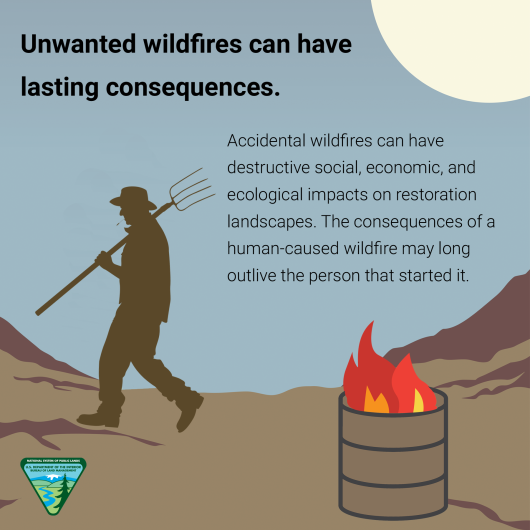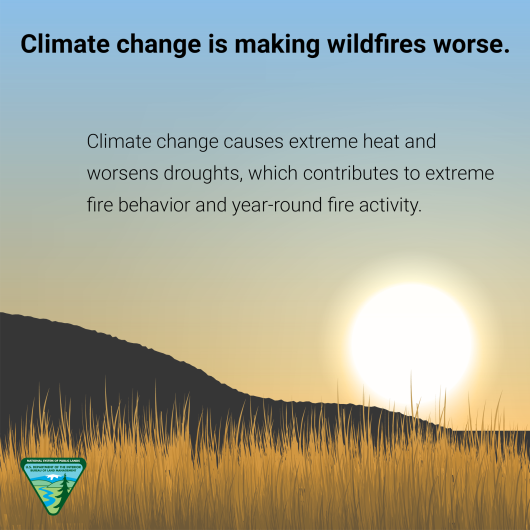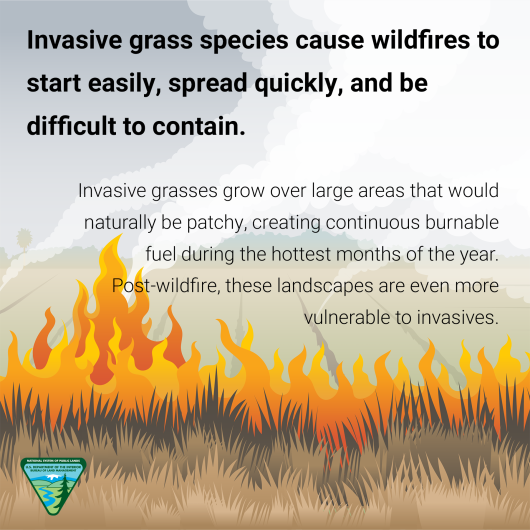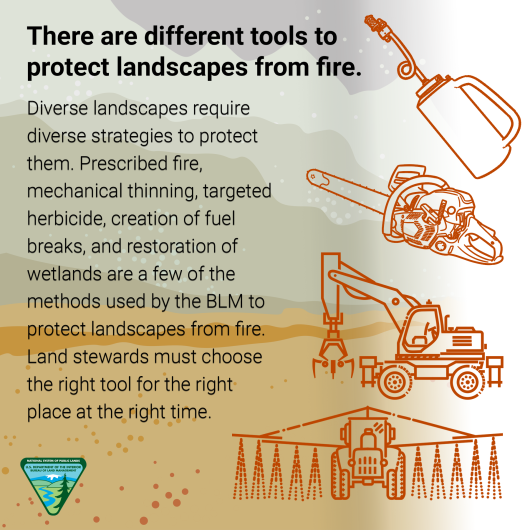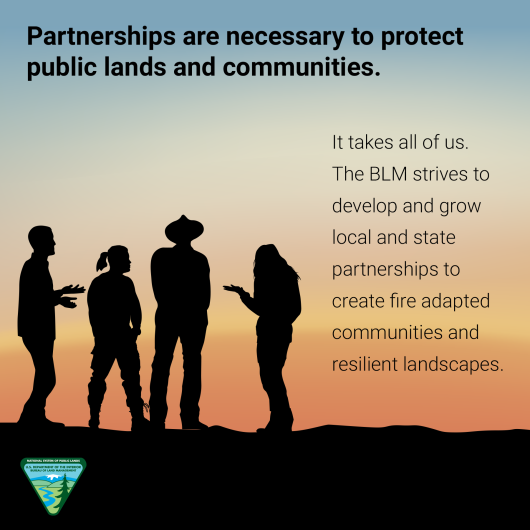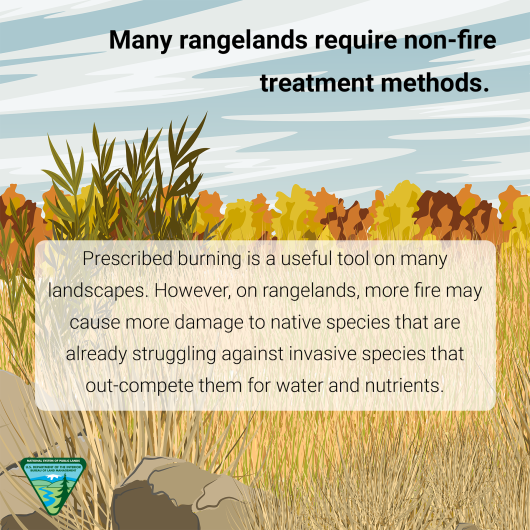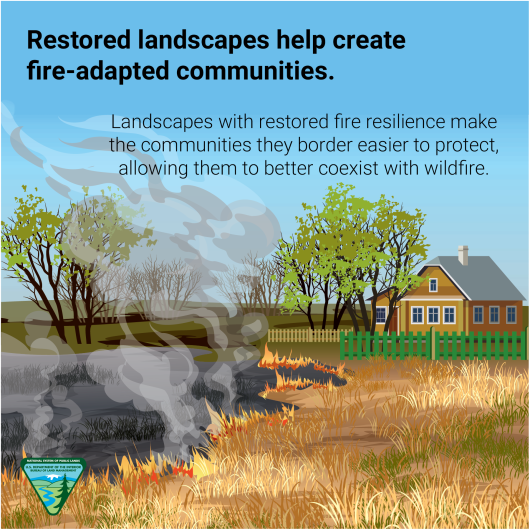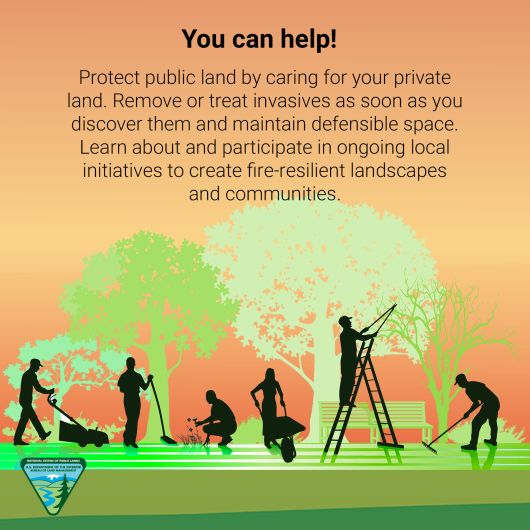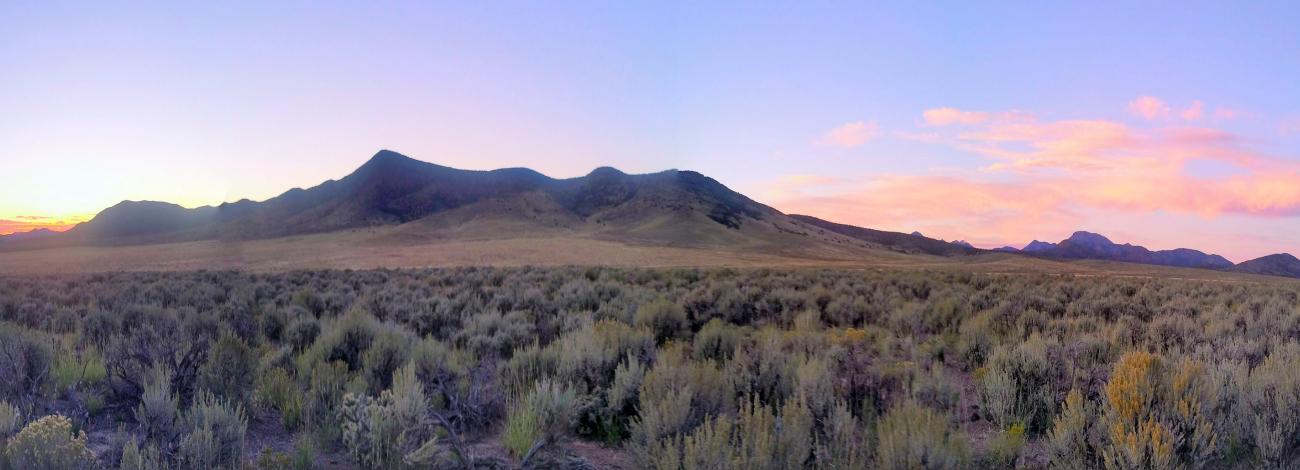
Restoration for Resilience
Resilient landscapes are nature's infrastructure. They sustain numerous communities and economies. Resilient public lands are critical to the BLM's ability to manage for multiple use and sustained yield, which is the essence of our mission.
The Bipartisan Infrastructure Law and the Inflation Reduction Act present a once-in-a-generation opportunity for transformational, durable ecosystem restoration that will significantly address climate change, sustainably protect sensitive ecosystems and support underserved local communities.
We will infuse $161 million of funding from the Inflation Reduction Act into 21 Restoration Landscapes where strategic investment can make the most difference for communities and public resources. In addition, we will prioritize projects funded under the Bipartisan Infrastructure Law in these landscapes to maximize return on investment and enhance durability.
Tour the Restoration Landscapes Virtually
Ecosystem restoration will create or maintain upland and aquatic intactness and connectivity; ensure proper watershed function; support the growth and maintenance of native plant communities; and limit or mitigate disturbance.
Improving the health of these landscapes will better provide clean water, habitat for fish and wildlife, opportunities for recreation, and more resilience to wildfire, drought and climate change.
Wildfire and Restoration Landscapes
Graphics are available as PNG files and can be downloaded by clicking on the links below:
| Image | Text |
|---|---|
|
Unwanted wildfires can have lasting consequences. Accidental wildfires can have destructive social, economic, and ecological impacts on restoration landscapes. The consequences of a human-caused wildfire may long outlive the person that started it. |
|
|
Climate change is making wildfires worse. Climate change causes extreme heat and worsens droughts, which contributes to extreme fire behavior and year-round fire activity. |
|
|
Invasive grass species cause wildfires to start easily, spready quickly, and be difficult to contain. Invasive grasses grow over large areas that would naturally be patchy, creating continuous burnable fuel during the hottest months of the year. Post-wildfire, these landscapes are even more vulnerable to invasives. |
|
|
There are different tools to protect landscapes from fire. Diverse landscapes require diverse strategies to protect them. Prescribed fire, mechanical thinning, targeted herbicide, creation of fuel breaks, and restoration of wetlands are a few of the methods used by the BLM to protect landscapes from fire. Land stewards must choose the right tool for the right place at the right time. |
|
|
Partnerships are necessary to protect public lands and communities. It takes all of us. The BLM strives to develop and grow local and state partnerships to create fire-adapted communities and resilient landscapes. |
|
|
Many rangelands require non-fire treatment methods. Prescribed burning is a useful tool on many landscapes. However, on rangelands, more fire may cause more damage to native species that are already struggling against invasive species that out-compete them for water and nutrients. |
|
|
Restored landscapes help create fire-adapted communities. Landscapes with restored fire resilience make the communities they border easier to protect, allowing them to better coexist with wildfire. |
|
|
You can help! Protect public land by caring for your private land. Remove or treat invasives as soon as you discover them and maintain defensible space. Learn about and participate in ongoing local initiatives to create fire-resilient landscapes and communities. |


